Major Automaker Employs Humanoid Robots In Factories
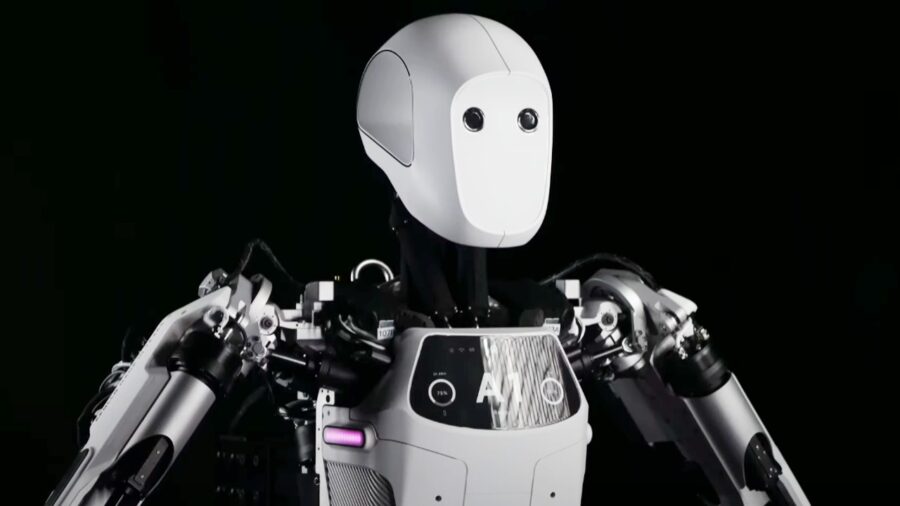
As technology continues to revolutionize various industries, Mercedes is taking a bold step into the future by employing humanoid robots in its factories. The Mercedes robots, known as Apptronik Apollo, are designed to assist human workers in performing tasks with precision and efficiency.
Mercedes Robots
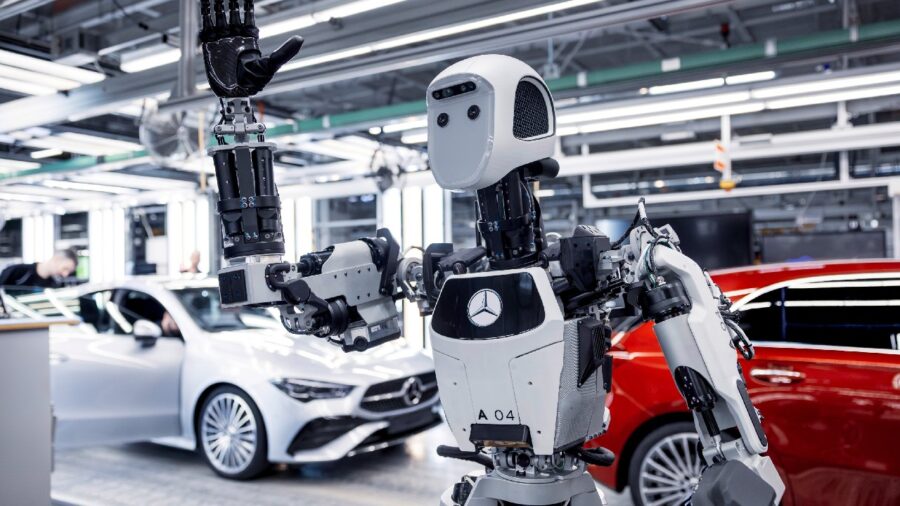
The Mercedes robots bear a striking resemblance to humans, standing at a height of 5’8 and weighing 160 pounds. These robots feature a head, torso, arms, and legs, allowing them to mimic human movements and interact with their environment. Unique features such as LED lights in their eyes and screens on their chests and mouths provide functional capabilities while enhancing their humanoid appeal.
The Human Factor
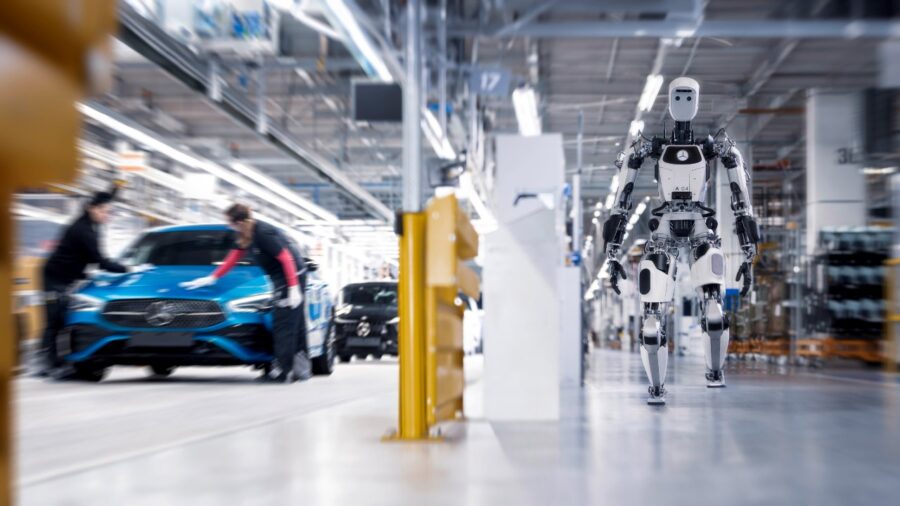
Controlling the Mercedes robots is a blend of advanced programming and artificial intelligence algorithms. They are designed to perform tasks autonomously and can be remotely controlled by human operators when necessary, even utilizing a game controller-like device. Additionally, the robots use removable battery packs and can run for four hours on a single charge.
Built With Safety In Mind
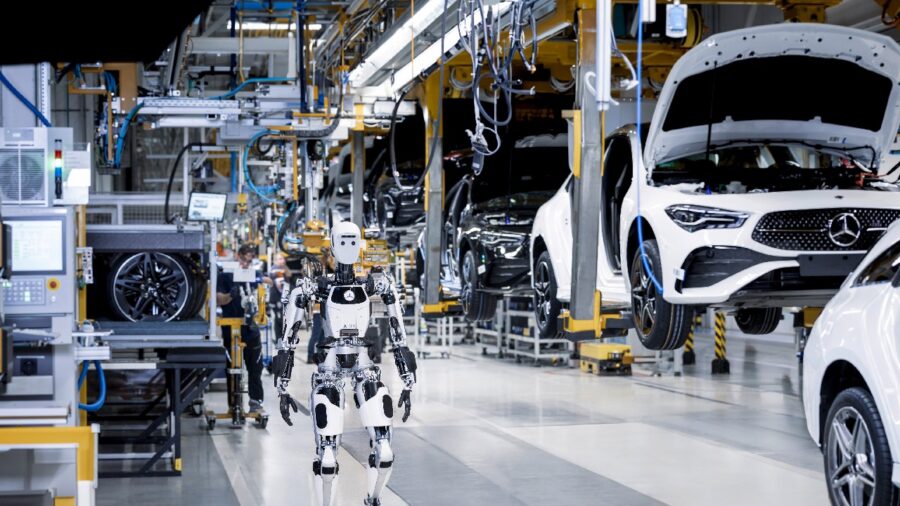
Safety is a paramount concern in the design of the Mercedes robots. They are equipped with sensors and cameras that detect obstacles in their environment. An innovative feature is the impact zone detection system which makes the robot stop moving when a moving object or person is detected close by, thus ensuring the well-being of human workers.
Small Tasks Now, Major Duties Later
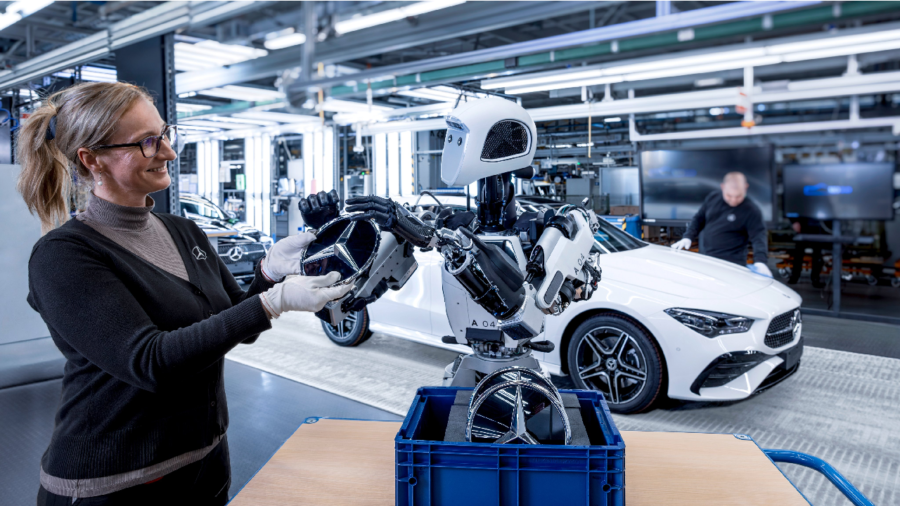
Currently, the Mercedes robots are utilized for tasks requiring precision, such as assembling small components or performing quality inspections. In the future, with advancements in artificial intelligence and machine learning algorithms, these robots could potentially perform more complex tasks. Some of the possibilities include inspecting vehicle parts, bringing parts to the assembly line for human workers to assemble, and delivering kitted parts.
The team behind the Mercedes robots’ development also contributed to building NASA’s Valkyrie robot, which the space agency is preparing to deploy on space missions.
The NASA Valkyrie
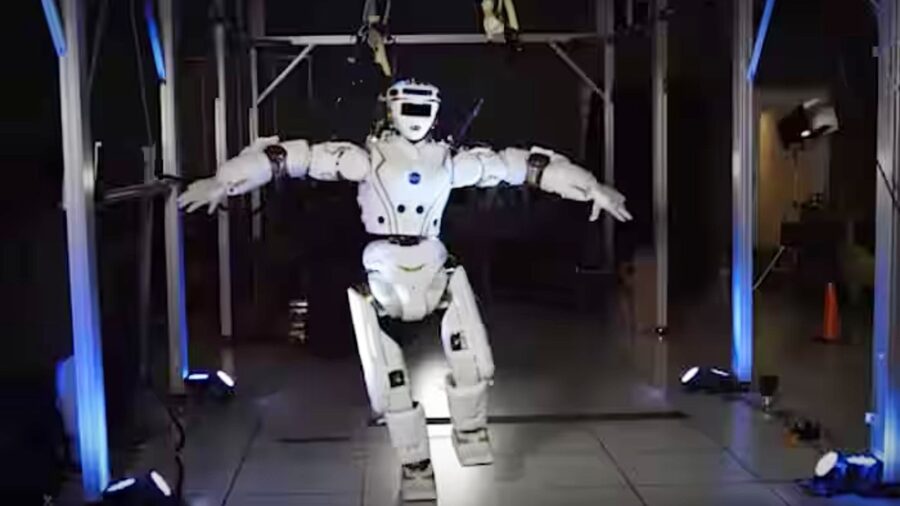
Valkyrie, fondly dubbed “R5” by NASA, is conceptualized and designed to function in disaster-struck environments and perform tasks which are generally too dangerous for humans. Its potential to be utilized in future missions such as a Mars expedition is a testament to its durability and ingenuity.
Built with a similar appearance to the Mercedes robots, the Valkyrie Robot is slightly taller at 6 foot 2 inches tall, capable of complex movements, and designed for a wide range of motion. However, unlike us, Valkyrie is loaded with sophisticated sensors, cameras and a LIDAR system that allows it to navigate and engage with its environment intelligently.
Other Companies Working On Automation
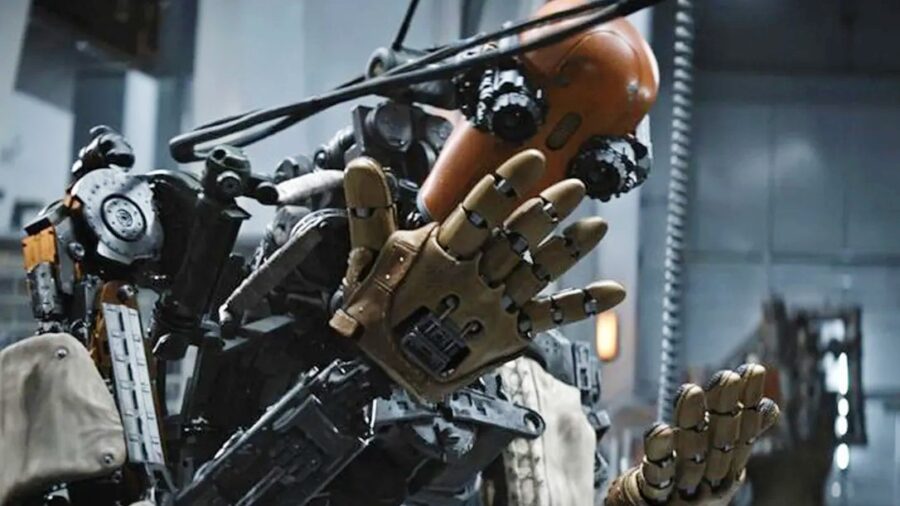
It’s also noteworthy that other companies like Figure and Lenovo are developing new robots with different capabilities, indicating a growing trend of automation in the industrial sector. Before long, humanoids similar to the Mercedes robots could be roaming factories around the world.
Apptronik Is Making The Future Today
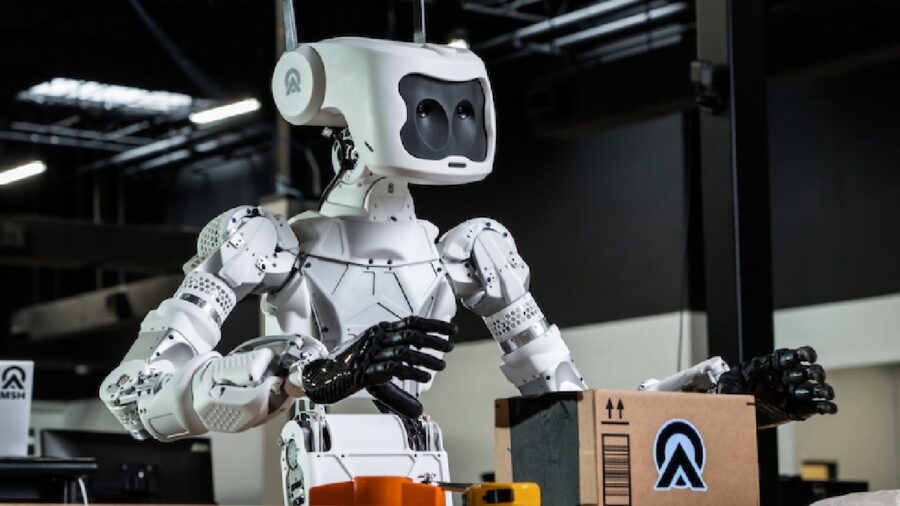
The introduction of the Mercedes robots into the factory signifies a significant stride towards automation in manufacturing, promising not just productivity and efficiency but also safety and the well-being of human workers. With its humanoid appearance, hybrid control system, advanced safety mechanisms, and potential for future advancements, the Apptronik Apollo robot is truly a marvel of modern technology.










